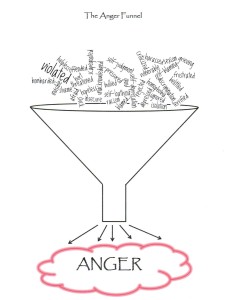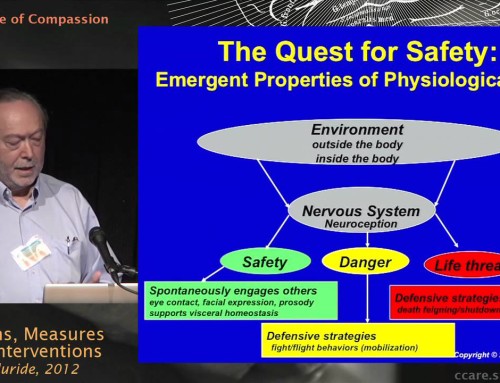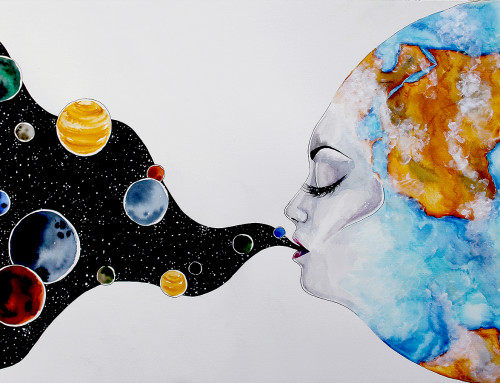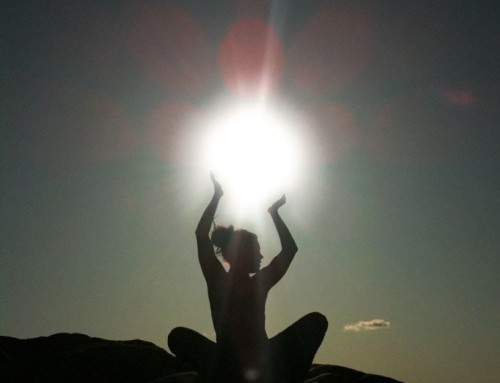Anger and its relatives, frustration, rage, and annoyance, are highly misunderstood and stigmatized. It’s hard to find examples in our society of healthy anger. Is there even such a thing?
Part of the confusion around anger comes from how, in general, men and women are conditioned and socialized differently. Men are trained by parents and society to be strong and stoic. They are not supposed to cry, feel sad, vulnerable, or hurt. The only socially acceptable emotion for men, at least in my generation and older, is anger. So all of the other feelings get channeled through the “anger funnel,” and what results is often an explosive, unpredictable, and potentially violent expression.
Women, on the other hand, are expected to be nice (and, of course, pretty). They are allowed to express all the emotions of life, all except for anger. If they do let a little rage slip out now and then they are labeled the “b” word.
The result? Both men and women are afraid of their own anger, and of everyone else’s.
This a big problem because anger is an important signal that something is wrong and that you need to do something to take care of it. Anger provides the energy and motivation to overcome obstacles to your wellbeing and assert your boundaries for protection.
Chronic anger may also mean that you have some unacknowledged and unexpressed grief, hurt, or fear—lurking beneath the surface of the anger.
The next time you feel anger arise, take some time to just notice the sensations in your body. Do you feel a boiling cauldron in your belly? Perhaps some energy in your arms or legs? Tight jaw? Follow the cues of your body. Do you need to speak up? Make space for yourself? Defend your territory? Or do you just need a good, long cry in the presence of a caring person? Once the heat has subsided a bit, see if there is a way to use the energy to create some good.






